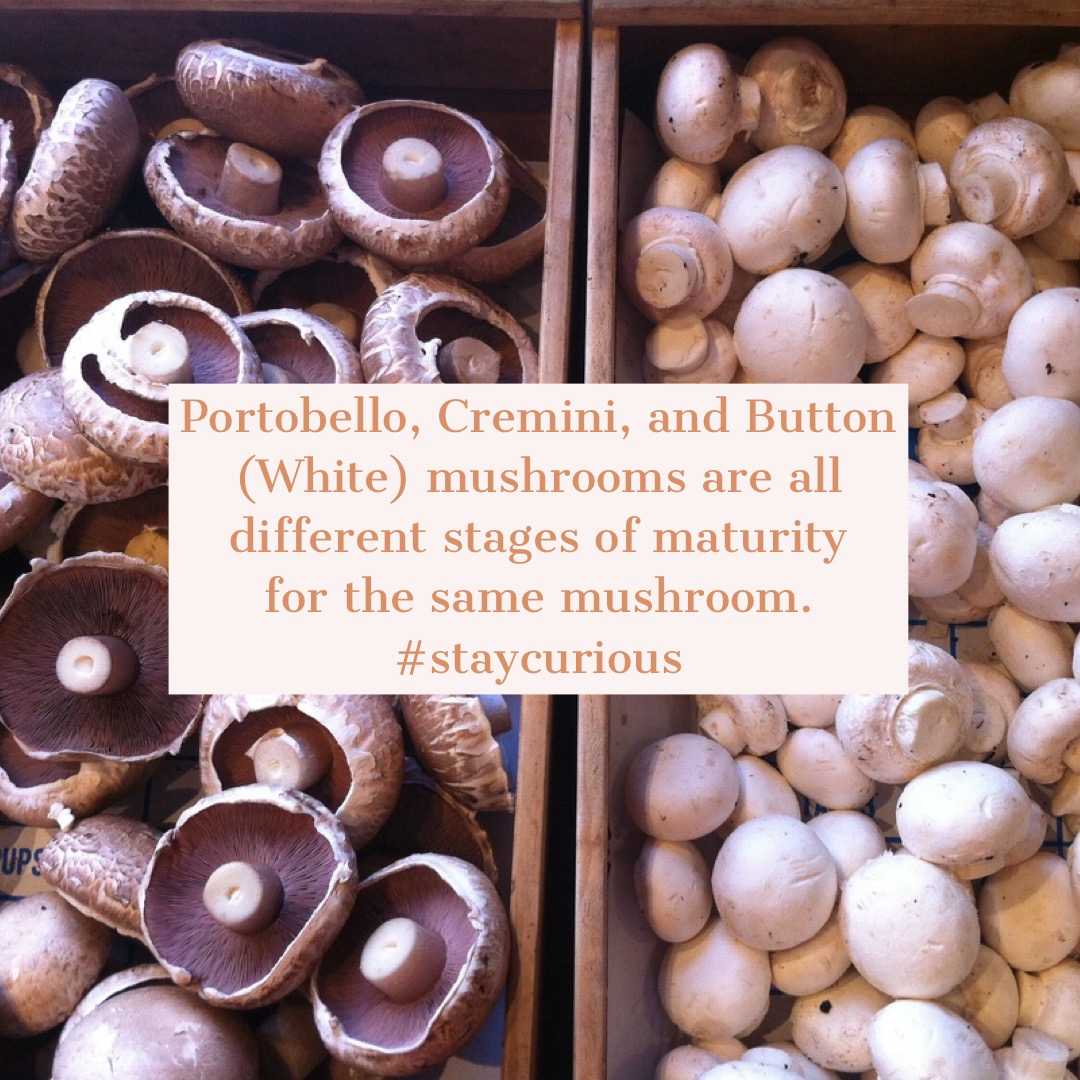Red, green, and yellow peppers are all the same species of plants that are in different stages of ripening.

From a scientific standpoint, bell peppers all come from the same genus and species of plant, called Capsicum annuum. Some of the color differences in bell peppers originate in the cultivars used to grow them. (Cultivars are special varieties of a plant that growers select for desired characteristics. They still come from a single seed source, however—in this case, Capsicum annuum.)
Most of the differences in bell pepper color stem from time of harvest and degree of ripening. Green peppers are bell peppers that have been harvested before being allowed to fully ripen. While green bell peppers usually turn yellow-orange and then red this is not always the case. Red, orange, and yellow bell peppers are always more ripe than green ones and therefore require more time in the ground before they can be harvested; that's why they are more expensive. Bottom line: all of the bell peppers originate from the same species of plant, and they achieve their different colors naturally, not by any artificial means.
It's interesting to note that in addition to their unique colors, each differently hued bell pepper has a unique array of nutritional benefits. Green peppers feature an abundance of chlorophyll. Yellow peppers have more of the lutein and zeaxanthin carotenoids. Orange peppers have more alpha-, beta-, and gamma-carotene. Red peppers have more lycopene and astaxanthin, two other important carotenoids
@Curionic
#staycurious





